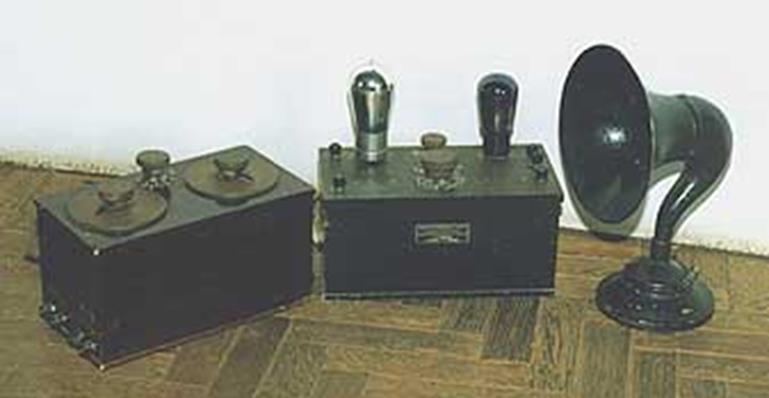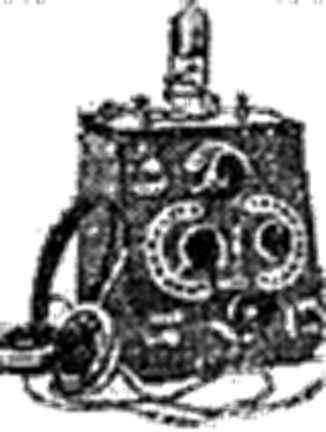
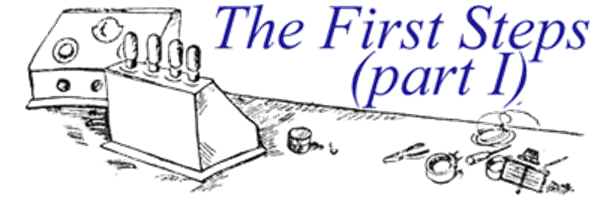

Antentop is FREE e-magazine devoted to Antennas and Amateur Radio an
Special page devoted to
The First Steps (Part- I)

Custom Search
| ANTENTOP- 02- 2004, # 006 |
The
First Steps (Part- I)
|
|
|
|
||
|
"Radiolina" |
||
|
They
were assembled in a separate case by 2,3 and 4 pieces. The anodes
of the receiver's tubes were battery-sourced. In the first lots
of the "Radiolina" the tubes R-5 with tungsten cathode
were installed using the current of about 0,6 A. That is why accumulating
battery was needed to feed the heater. The necessity of frequent
recharging the battery strongly restricted the use of the radio
set even in towns and cities. When new tubes of the "micro"-type
appeared which used 10 times less energy there was a possibility
to change the accumulators for galvanic elements. The "Radiolina"
set had only one resonance coil and a very low sensitivity and
selectivity. An electromagnetic horn speaker "DP" or
(later) a diffusion-type "Rekord-2" was included into
the set. Almost
simultaneously with the "Radiolina" a cheaper single-tube
regenerative receiver "R-1" was produced in which headphones
were used. The
next series of Soviet radio receivers became really "mass
media". It was a line of type "B" sets designed
by E.Borusewich (an engineer of the Trust of Low-Voltage Factories).
The production of those sets opened in 1926 with models "BV"
(one-tube), "BT" (three-tube) and "B4" (four-tube).
The "BT" and "B4" had equivalent schemes -
two tunable coils and the structure 1-V-1 and 1-V-2 respectively.
The "BV"-receiver could work with a usual crystal detector
without any batteries. In all the stages of these radios 3-electrode
tubes of the single type were used. The R-sets worked within 250-2000
m bands and enabled to receive broadcasts on the electromagnetic
speaker "Rekord". In 1928 an improved version of the
"B4"-set appeared, which was named "B4N".
It was also tuned out by the "Moselectric Works" (in
Moscow). A more powerful tube of UO-3 type was used in audio output.
The model "B4Z" ("B4"-closed) became a further
modification of the "B4N" set. The scheme being unchanged
all the tubes were put inside a case. |
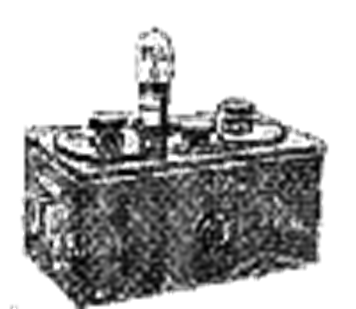 R-1
BV |
|
|
|
|
|
|
Page 96 |
||
 |
 |
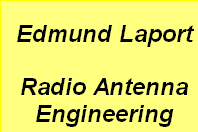 |
 |
Just for Fun:

Powered byIP2Location.com
Thanks for your time!
Last Updated:
February 23, 2020 20:23



